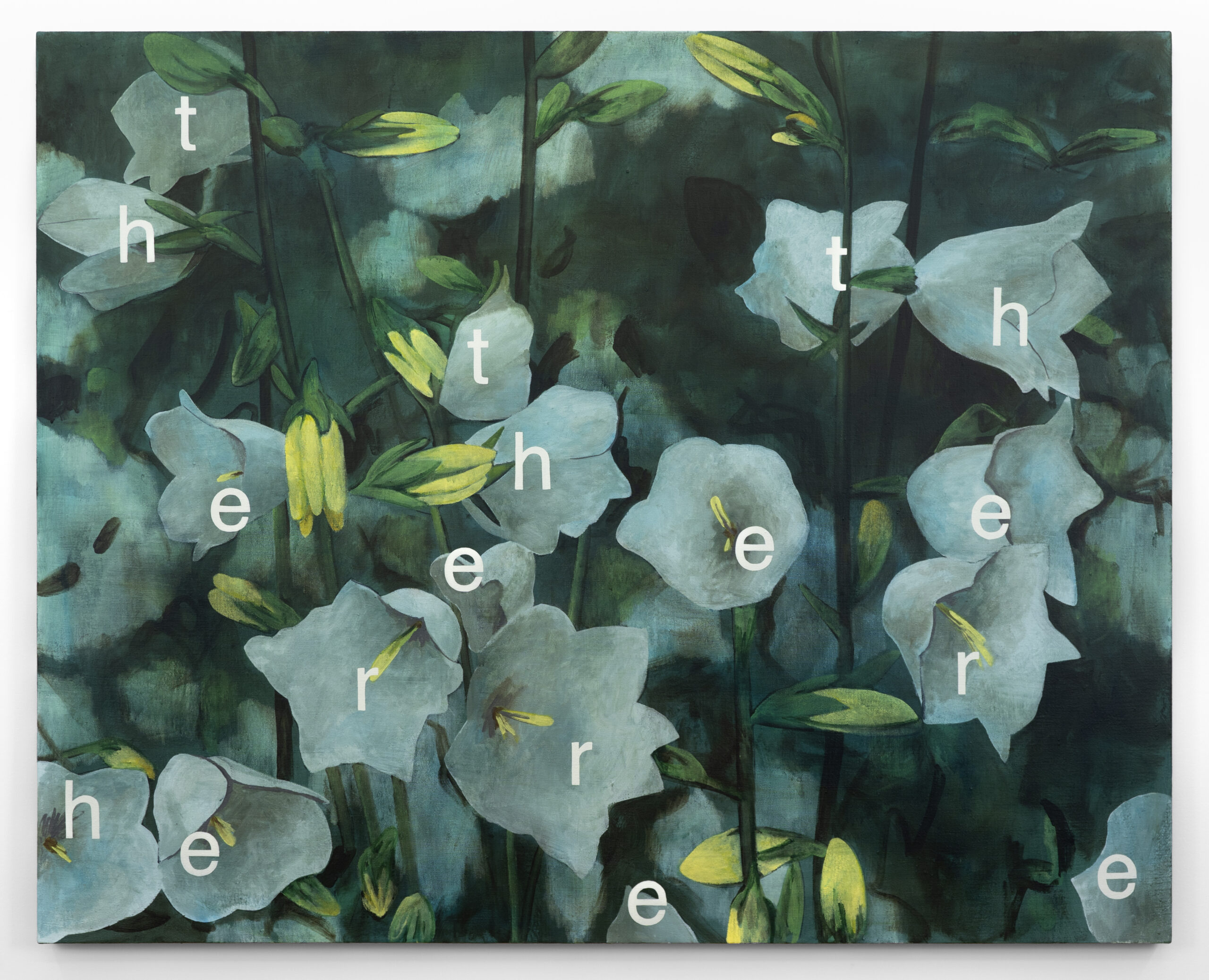Walking through the Mission on my way to take in Ryan Mrozowski’s new solo show, “Racecar in Reverse,” I was as good as blind. I passed a pile of oranges at a fruit stand, planter boxes sprouting fresh flowers and birds singing in the trees. While I was, on some level, passively aware of these things, my mind glossed over them on account of their ubiquity.
At the gallery, I found myself examining paintings of these very same subjects. Only now, they seemed hyper-visible—and not only because I had chosen to focus my attention on them. Mrozowski playfully and willfully disrupts viewers’ cognitive autopilot with paintings that read like wordplay. The title of the show calls direct attention to palindromes (“racecar” is a typical example), offering a key to unlocking the objective of the work on views, which formally interrogates patterns of perception.
Mrozowski uses natural subjects to explore these heady concepts, the common quality of the subject matter minimizing associations viewers might bring to the work, and making the conceptual aspect that much more accessible. It’s traditional still life painting with a metaphysical twist. The visual appeal of the paintings extends a disarming invitation—even when many of the pieces are large-scale, rendered in saturated color pallets—a stylistic choice as cerebral as the philosophical concerns it approaches.
“Untitled (Pair),” 2021, appears to be a diptych but, upon closer inspection, might not be. The two canvases each provide half of one painting of a stem of flowers, the elements present on one canvas blocked out by monochromatic orange shapes on the other. Mrozowski pulls off a different kind of visual stunt in “Untitled (Projection),” 2021, in which the renderings of the form and color of an arrangement of lemons and pears has been separated and overlaid at an angle.
With both of these examples, I found myself trying to mentally reconstruct the paintings into the form that my brain had determined as proper. The discomfort here is in being forced to recognize our mind’s quickness to call it like (we think) it is, rather than trying to accept that what we see might not fit with the language we have to describe it. That writing about Mrozowski’s work is difficult is a testament to its success.
Mrozowski’s most recent series is his first to directly incorporate text, an addition which adds further complexity rather than reducing the work’s playfulness. “Untitled (Ether),” 2021 (pictured at top), is a still life of white flowers, with an arrangement of letters that lead the eye around the composition. At first glance, “here” and “there” are immediately visible. But “ether” is neither “here” nor “there,” both scientifically and in the case of Mrozowski’s word search.
It’s impossible for our brains to see letters and words as abstract forms—even though that’s exactly what they are. “Racecar” proves it is equally impossible for us to see objects without our referential preconceptions of them.
I left the gallery wondering if those associations could be unlearned, and what I would stand to gain by freeing myself from the tyranny of what might just be a world of empty signifiers.
“Racecar in Reverse” is on view at Ratio 3 through December 17, 11 a.m. – 6 p.m. Fridays & Saturdays, and by appointment Wednesdays & Thursdays.
